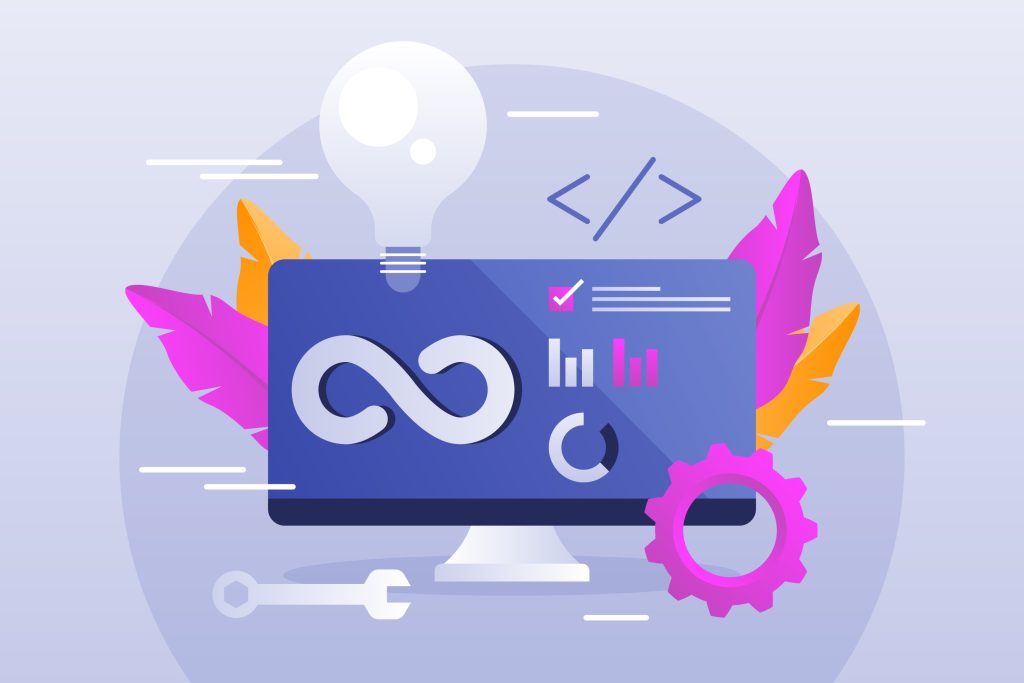WordPress is a powerful and flexible platform, but even the most experienced users can fall into certain traps. Avoiding common mistakes can save you time, effort, and frustration. Below are some of the most frequent errors users make on WordPress and tips on how to avoid them.
1. Neglecting to Back Up Your Site
One of the most critical mistakes is failing to regularly back up your site. Without a backup, you risk losing all your content, plugins, themes, and settings in case of a crash, hack, or other disaster.
How to Avoid: Use a reliable backup plugin like UpdraftPlus or BackupBuddy, and schedule regular backups. Ensure your backups are stored in a secure, remote location.
2. Using Insecure Themes and Plugins
Free themes and plugins can be tempting, but they often come with security vulnerabilities that can expose your site to attacks.
How to Avoid: Always download themes and plugins from reputable sources, such as the WordPress repository, or purchase them from trusted developers. Regularly update them to keep your site secure.
3. Ignoring Software Updates
WordPress core, themes, and plugins require regular updates to fix bugs, improve performance, and patch security vulnerabilities.
How to Avoid: Check for updates regularly and apply them as soon as possible. Consider setting up automatic updates for minor changes.
4. Using Weak Passwords
Using simple, easy-to-guess passwords can make your site an easy target for hackers.
How to Avoid: Use strong, unique passwords that include a combination of uppercase and lowercase letters, numbers, and symbols. Consider using a password manager to keep track of them.
5. Overloading Your Site with Plugins
While plugins can enhance your site’s functionality, having too many can slow down your site and create compatibility issues.
How to Avoid: Only install plugins that are essential to your site’s operation. Regularly review your plugins and remove any that are no longer needed.
6. Not Optimizing for SEO
Without proper SEO, your site may not rank well in search engines, reducing your visibility and traffic.
How to Avoid: Install an SEO plugin like Yoast SEO or Rank Math, and optimize your content with appropriate keywords, meta descriptions, and internal linking. Regularly update your content to keep it fresh and relevant.
7. Failing to Secure Your Site
Security is often an afterthought for many users until they experience an attack.
How to Avoid: Implement basic security measures such as using a security plugin, enabling two-factor authentication, and setting up a firewall. Regularly scan your site for malware and other threats.
8. Poor Site Performance
A slow-loading site can lead to a poor user experience and lower search engine rankings.
How to Avoid: Optimize your site’s performance by using a caching plugin, optimizing images, and choosing a reliable hosting provider. Consider using a content delivery network (CDN) to improve loading times.
If you want see more about speed check this: Why Website Speed Matters: Essential Tips for Optimizing Your Site’s Performance
9. Ignoring Mobile Optimization
With a significant amount of web traffic coming from mobile devices, not optimizing your site for mobile can result in lost visitors.
How to Avoid: Choose a responsive theme that adapts to different screen sizes. Test your site on various devices to ensure it’s mobile-friendly.
10. Not Using a Child Theme
Making direct changes to your theme’s files can cause you to lose those customizations when the theme is updated.
How to Avoid: Always create a child theme when making customizations. This way, your changes will be preserved even after theme updates.
Conclusion
By being aware of these common mistakes and taking proactive steps to avoid them, you can ensure that your WordPress site runs smoothly, securely, and efficiently. Regular maintenance and vigilance are key to a successful WordPress experience.
WordPress is a powerful and flexible platform, but even the most experienced users can fall into certain traps. Avoiding common mistakes can save you time, effort, and frustration. Below are some of the most frequent errors users make on WordPress and tips on how to avoid them.
1. Neglecting to Back Up Your Site
One of the most critical mistakes is failing to regularly back up your site. Without a backup, you risk losing all your content, plugins, themes, and settings in case of a crash, hack, or other disaster.
How to Avoid: Use a reliable backup plugin like UpdraftPlus or BackupBuddy, and schedule regular backups. Ensure your backups are stored in a secure, remote location.
2. Using Insecure Themes and Plugins
Free themes and plugins can be tempting, but they often come with security vulnerabilities that can expose your site to attacks.
How to Avoid: Always download themes and plugins from reputable sources, such as the WordPress repository, or purchase them from trusted developers. Regularly update them to keep your site secure.
3. Ignoring Software Updates
WordPress core, themes, and plugins require regular updates to fix bugs, improve performance, and patch security vulnerabilities.
How to Avoid: Check for updates regularly and apply them as soon as possible. Consider setting up automatic updates for minor changes.
4. Using Weak Passwords
Using simple, easy-to-guess passwords can make your site an easy target for hackers.
How to Avoid: Use strong, unique passwords that include a combination of uppercase and lowercase letters, numbers, and symbols. Consider using a password manager to keep track of them.
5. Overloading Your Site with Plugins
While plugins can enhance your site’s functionality, having too many can slow down your site and create compatibility issues.
How to Avoid: Only install plugins that are essential to your site’s operation. Regularly review your plugins and remove any that are no longer needed.
6. Not Optimizing for SEO
Without proper SEO, your site may not rank well in search engines, reducing your visibility and traffic.
How to Avoid: Install an SEO plugin like Yoast SEO or Rank Math, and optimize your content with appropriate keywords, meta descriptions, and internal linking. Regularly update your content to keep it fresh and relevant.
7. Failing to Secure Your Site
Security is often an afterthought for many users until they experience an attack.
How to Avoid: Implement basic security measures such as using a security plugin, enabling two-factor authentication, and setting up a firewall. Regularly scan your site for malware and other threats.
8. Poor Site Performance
A slow-loading site can lead to a poor user experience and lower search engine rankings.
How to Avoid: Optimize your site’s performance by using a caching plugin, optimizing images, and choosing a reliable hosting provider. Consider using a content delivery network (CDN) to improve loading times.
If you want see more about speed check this: Why Website Speed Matters: Essential Tips for Optimizing Your Site’s Performance
9. Ignoring Mobile Optimization
With a significant amount of web traffic coming from mobile devices, not optimizing your site for mobile can result in lost visitors.
How to Avoid: Choose a responsive theme that adapts to different screen sizes. Test your site on various devices to ensure it’s mobile-friendly.
10. Not Using a Child Theme
Making direct changes to your theme’s files can cause you to lose those customizations when the theme is updated.
How to Avoid: Always create a child theme when making customizations. This way, your changes will be preserved even after theme updates.
Conclusion
By being aware of these common mistakes and taking proactive steps to avoid them, you can ensure that your WordPress site runs smoothly, securely, and efficiently. Regular maintenance and vigilance are key to a successful WordPress experience.



